There are several different kinds of door closer types including hydraulic, concealed, and pneumatic kinds that may easily and effectively meet your specific demands such as protection for your doors. For instance, Hold Open is a typical name for a door closure. This kind is suitable for a variety of places since it is utilized to keep the door open during times of heavy traffic. On the other hand, features like Soft Closing or Cush-N-Stop assist in abruptly slowing down the door for a quieter, softer close. We have the variety to match every application, making this one of the most important components of your business project, allowing you to guarantee the best output. All of these selections are top-notch products made to the highest standards. You'll discover a variety of fantastic features. For instance, features like heat-treated pinions, adjustable back check, and more are available. For additional peace of mind that your business facility complies with regulations, the majority of these solutions also fulfill the international ADA criteria. Along with various features, a variety of finishes are now available. Select from a variety of finishes, like gold, aluminum, and others, to get the best results for your area. Make sure that each high-traffic area is covered with a choice that works well and looks fantastic by using these high-quality options. There are several various kinds of door closers that aid in regulating both the opening and shutting of a door. Traditional, contemporary with a cover, modern without a cover, hidden in the door, concealed in frame, and lastly, concealed in the floor are some of the several kinds of door closers. 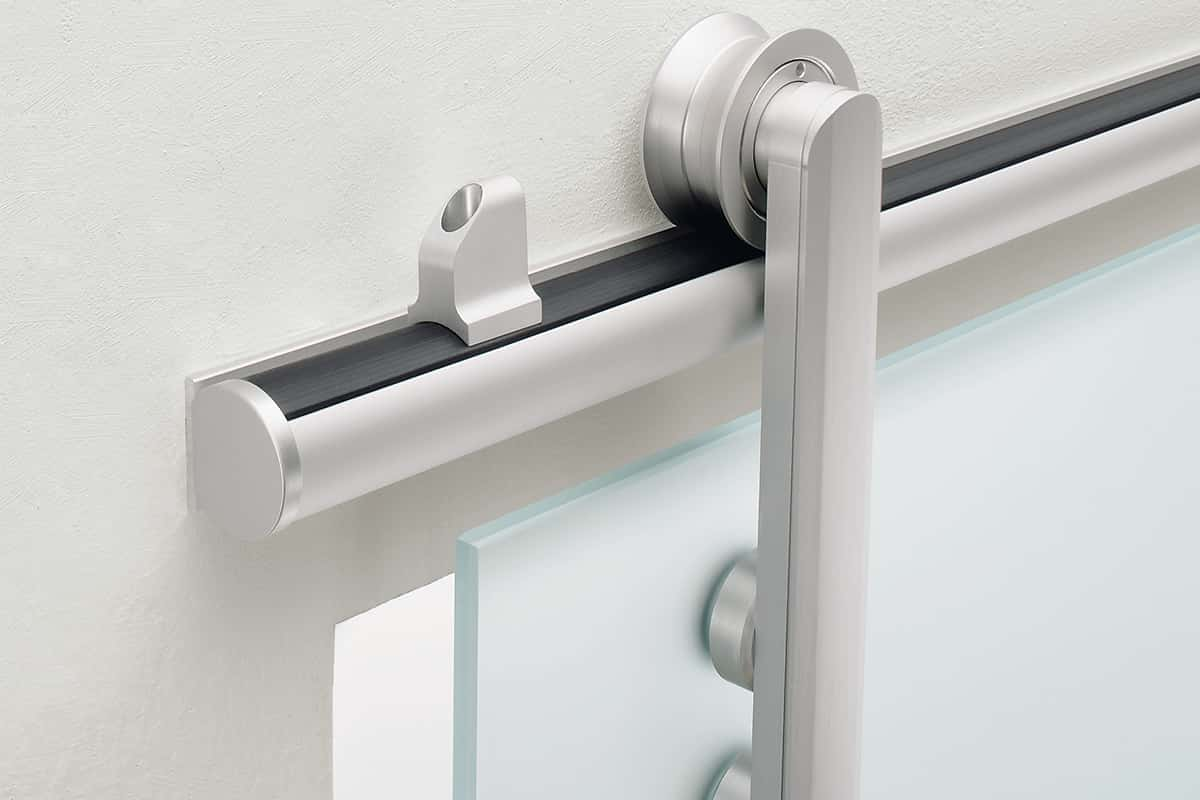
Pneumatic Door Closer
A door closer with a pneumatic arm is suitable for individuals who have heavy doors in their homes or places of business. It is designed to have heavier-than-average swinging doors installed. The pneumatic door closer has an easily adjustable closing speed and also opens at a 90-degree angle like its hydraulic version. The pneumatic door closer is suitable for security doors as well as heavy doors that swing outward. Users of pneumatic door closers often have doubts about how to utilize them. Actually, it's not that tough. I'll use one as an illustration. Simply turn the screw, which is situated at the end of the pneumatic cylinder, clockwise to change the door closer. The closure will subsequently slow down further as a result. Easily spin the screw in the opposite direction to increase the speed. Let's just say that both styles of door closers are really useful and well-equipped with both similar and specific unique characteristics. The users must consider their demands and the appropriate sort of door closer for them. One thing a purchaser should keep in mind is that they must make sure the door closer, no matter which one they choose, is of the best quality and appropriate for the doors. A pneumatic door closer may be operated in one of two ways: Bring the door's support bracket closer to the door. To adjust the airflow from the cylinder, loosen the screw at the door closer's end. An internal piston in an air-operated door closer sucks air into the chamber as the door opens, compressing the spring inside while slowly pushing the air out of the chamber as the spring pulls the piston back, shutting the door. 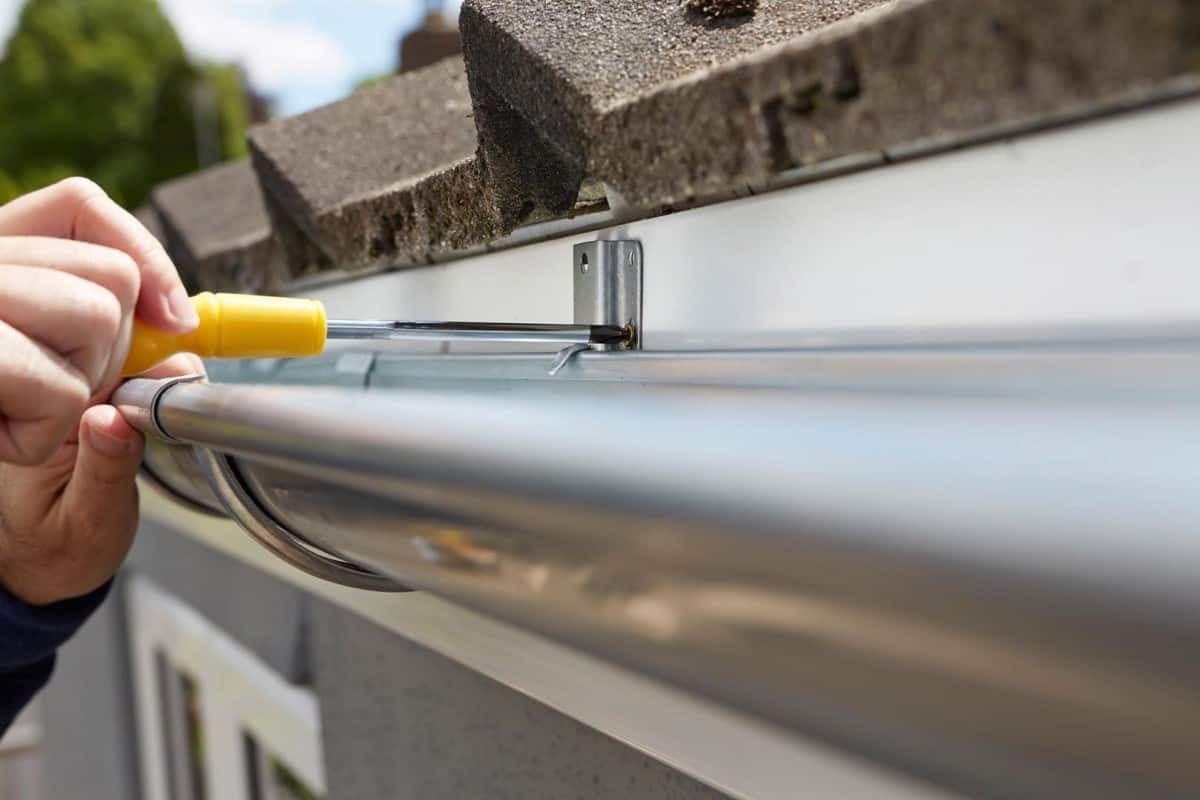
Pneumatic Door Closer Installation
Although wind chains could be in the way, installation of a door closer using a pneumatic mechanism on top of the door is what is preferred. Screen door closers are normally positioned on the bottom. Install hinges on the edge of the storm door on the internal side alone. This door closer will not function if the door frame is made of steel as opposed to wood. The majority of screen door closers are supplied with all components included; before making a purchase, double-check the product description. Make sure the hold-open washer is placed all the way down into the closer's main barrel before you install it. Fix the jamb bracket into the jamb so that it is flush with the door. Put a pin through the jamb-side nose closer and into the jamb bracket with the door closed to secure it there. Another end closure should be attached to the door-side bracket. The way that various screen door closers connect to door brackets varies. Mark where the bracket naturally sits with the door closed. Screw bracket to door after detaching it from closer. Closer to the bracket, re-hook. Position the hold-open washer on the closer jamb side so that it is sitting above the lugs on the rod. By opening and shutting the door, check its functionality. Unhook the door closer from the door bracket to adjust the tension. Find the adjustment screw on the closing barrel's door end. To increase tension and delay the speed of the door closing movement, tighten the screw (turn it clockwise) with a flathead screwdriver. To reduce strain and quicken the shutting of the door, loosen the screw (turn it counterclockwise). Check to function and make necessary adjustments. 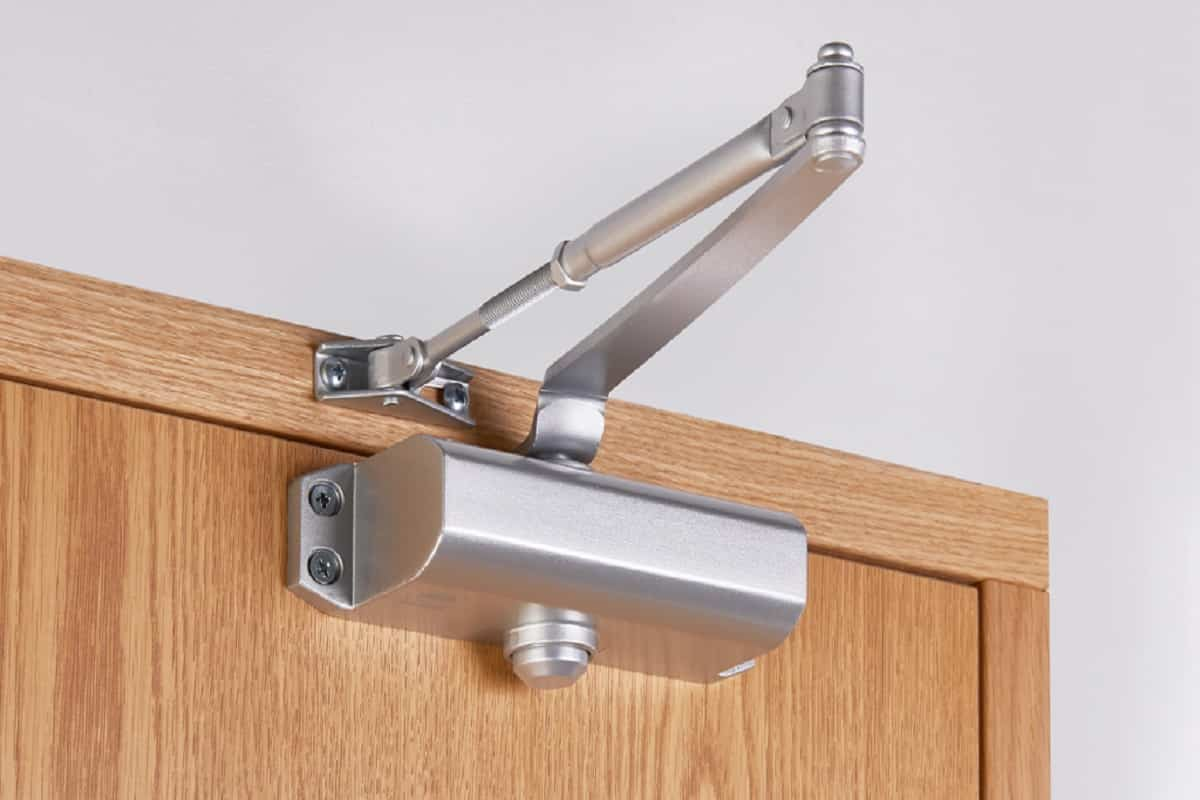
Pneumatic Door Closer Fix
How irritating is it to have your ankle nipped by a storm door that has gotten a wrecked pneumatic closer? It hurts but makes you intend to fix it. Why endure a screen door hydraulic closer that is no longer functional when you can quickly repair or replace it? I'll save your heels today by demonstrating an Easy Fix for a Screen/Storm Door Closer. Start by removing the previous bracket. Release the piston arm by popping the pin, then throw away the old bracket. Mark and drill the eight mounting holes for the steel plate before installing the reinforcer. Ensure that the plate is mounted parallel to the frame's borders. This plate should cover the majority of trim damage brought on by the previous bracket and will enable you to drill new mounting holes in sound wood. Any cracks not covered by the steel plate should be filled and painted. With the eight No. 6 wood screws included in the box, attach the steel plate to the door frame.  With the help of four No. 10 machine screws, the new closer bracket is fastened to the steel plate. Make sure the closing bracket is positioned, so the angled edge is facing the storm door. This enables the closer to operate correctly by providing the necessary distance between the storm door and door jamb. Test the door after attaching the piston arm to the new bracket with the piston pin. If the storm completely opened your door and bent the automatic door closer, clamp the rod end in a bench vise. Pull the other end until everything is exposed. Hit the curve in the rod with a hammer and your bench vise until it straightens out. Enjoy after re-installing on your door!
With the help of four No. 10 machine screws, the new closer bracket is fastened to the steel plate. Make sure the closing bracket is positioned, so the angled edge is facing the storm door. This enables the closer to operate correctly by providing the necessary distance between the storm door and door jamb. Test the door after attaching the piston arm to the new bracket with the piston pin. If the storm completely opened your door and bent the automatic door closer, clamp the rod end in a bench vise. Pull the other end until everything is exposed. Hit the curve in the rod with a hammer and your bench vise until it straightens out. Enjoy after re-installing on your door! 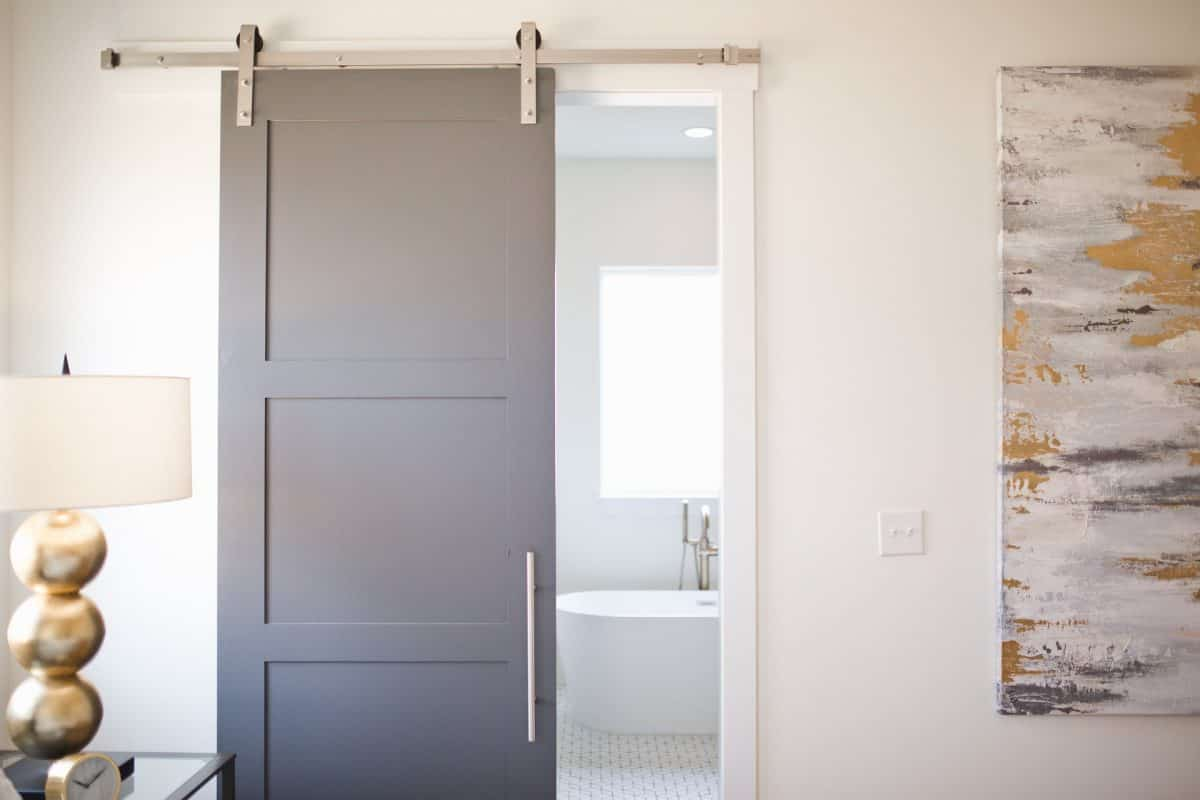
Pneumatic Door Closer Parts
A screen door that flaps wildly in the wind and creates a louder noise would need a pneumatic or hydraulic door closer made of solid parts. These and other typical screen door and storm door issues, fortunately, have a simple fix. The large range of Screen and Storm Door Closers, Locks, and Parts that Hardware World provides will aid rather than be a bother in keeping these doors open or shut. Storm door designs have altered in certain cases; however, replacements are often simple retrofits. Storm door closers come in a variety of diameters, lengths, and ends; be sure to check all specifications against your components. When available, we display goods that have been discontinued along with alternative possibilities. Please go at more pictures to contrast with your hardware. Your storm door may be difficult to open and shut if the closer parts are bent or damaged. 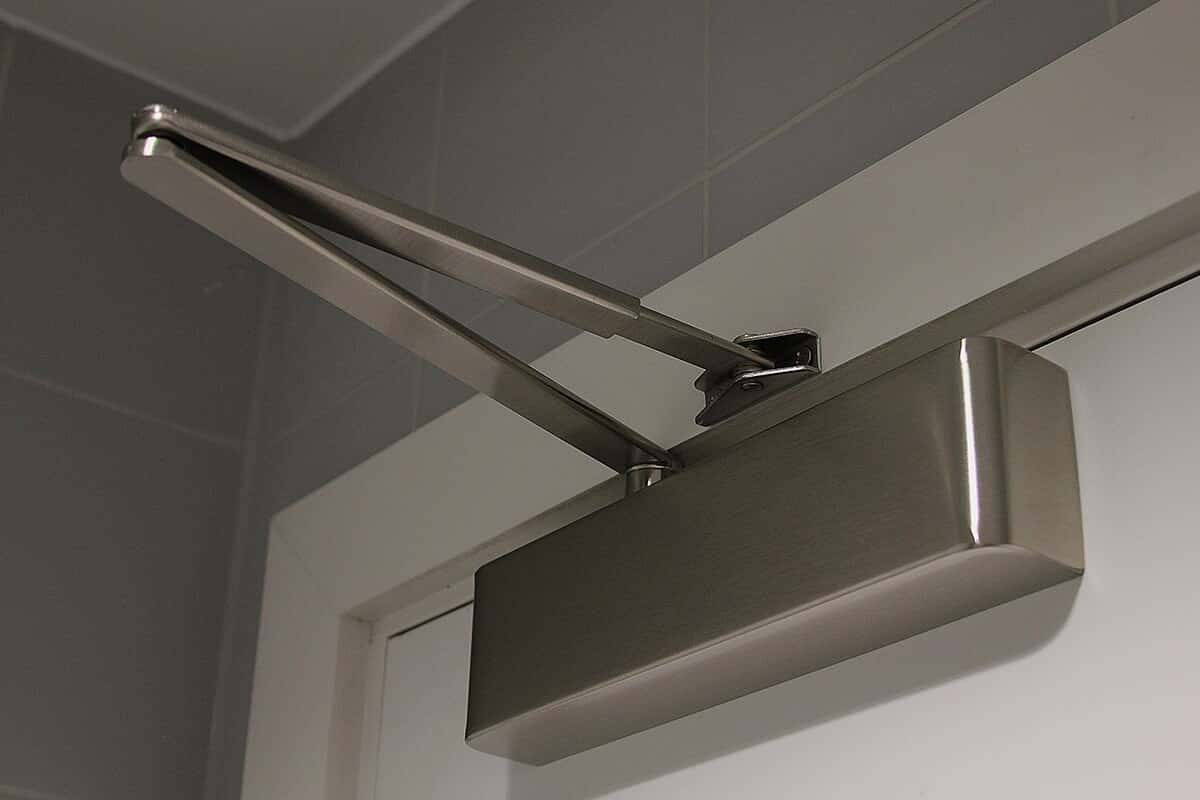 Any nearby components that are damaged should be replaced. The availability of replacement components may change. Visit the Storm and Screen Door Parts Store and choose "universal parts" to get replacement parts, or input your storm door serial number to find parts unique to your model of the storm door. Since closer rods, cylinders, and pushbuttons cannot be changed separately, a new closer assembly is needed. You need either 1-piece closer brackets or 2-piece closer brackets, depending on the type of your storm door. For further details, for ordinary closers without the pushbutton function, hold-open washers and pins are available for individual replacement. Individual replacement closer mounting screw packs are available. Two closer brackets installation screws are included in the box. There are many different color options for screw packs so you can match your existing ones closer.
Any nearby components that are damaged should be replaced. The availability of replacement components may change. Visit the Storm and Screen Door Parts Store and choose "universal parts" to get replacement parts, or input your storm door serial number to find parts unique to your model of the storm door. Since closer rods, cylinders, and pushbuttons cannot be changed separately, a new closer assembly is needed. You need either 1-piece closer brackets or 2-piece closer brackets, depending on the type of your storm door. For further details, for ordinary closers without the pushbutton function, hold-open washers and pins are available for individual replacement. Individual replacement closer mounting screw packs are available. Two closer brackets installation screws are included in the box. There are many different color options for screw packs so you can match your existing ones closer. 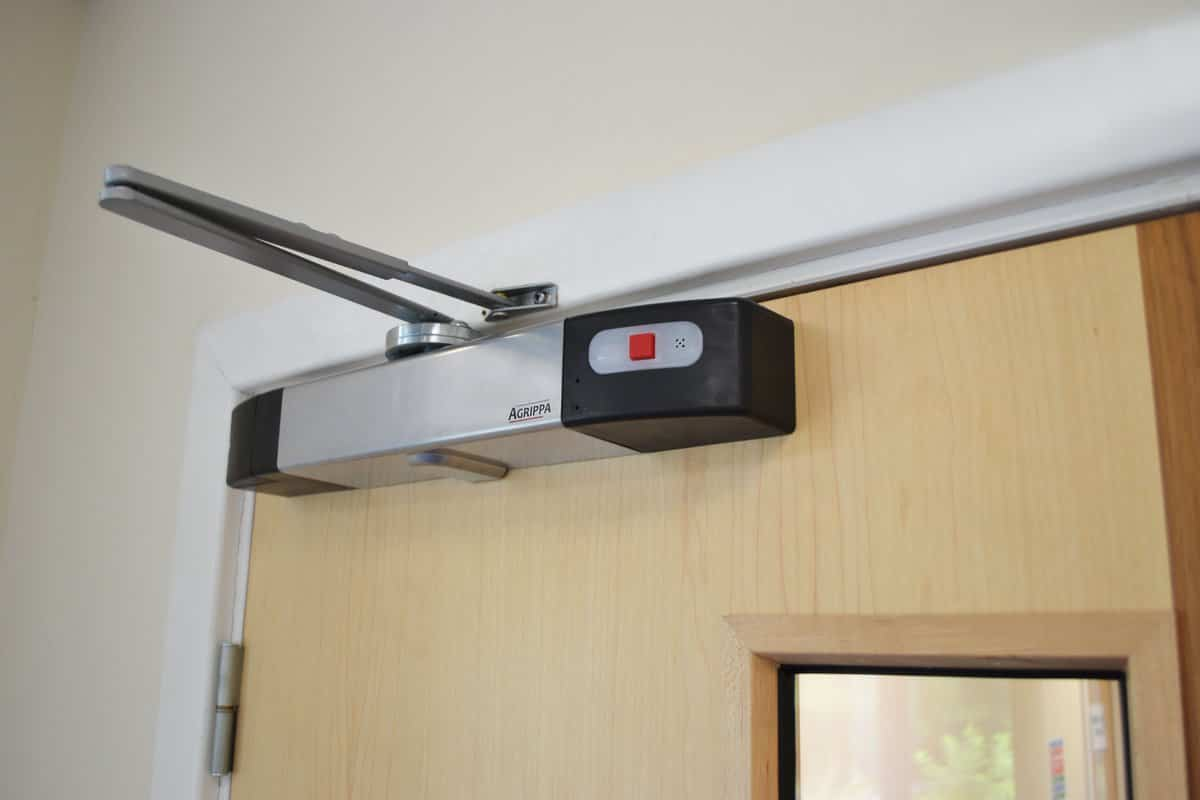
Concealed Door Closer Types
Unnoticed and often used door closer types include those that are floor- or overhead-mounted concealed. These hidden closers are often installed on structural framed window systems, hollow metal stand-alone doors, or aluminum glazed storefront doors. The hidden door closer design idea was first created as a self-contained device with a central pivot that could perform a number of door duties without an outside arm or other obvious operational gear. Other styles of hidden door closers have the closer installed into the header or floor area of a door with visible arms that either apply the closing force to the door or restrict the door's ability to swing. The hidden closer's later evolution produced items with specialized functions that needed knowledge of door swing, handling, and degree of opening before purchase and installation. 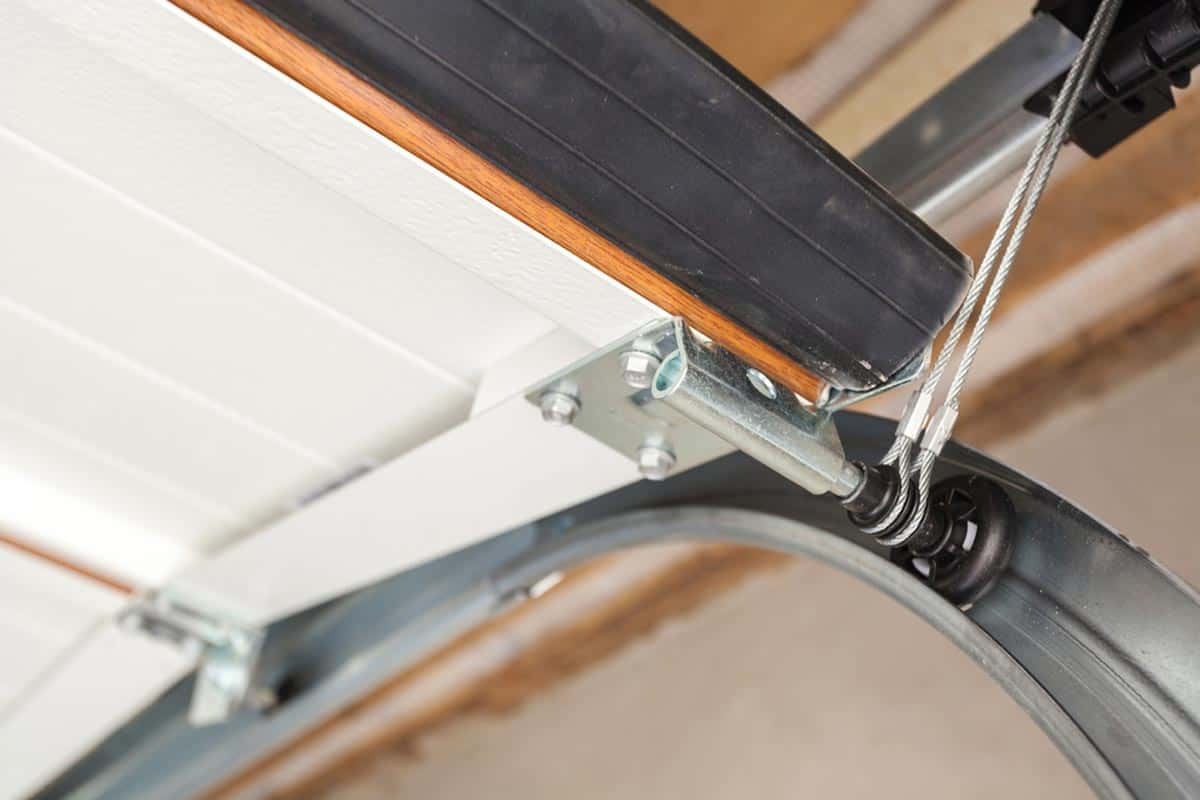 Some hidden closer solutions include a pivot that interacts with a piece of included hardware to enable small, at-the-time-of-purchase modifications to the door motion. However, the majority of devices are particularly restricted to the features that the installer or contractor-requested. One-way control for opening and shutting to a predetermined position or door stop is all that some hidden closers provide. Dual-action devices with particular adjustment restrictions are also prevalent and may swing open and shut in both directions. These covert products enable unique operations and door cycling via a variety of modifications and prospective applications. It is able to perform actions like hold open, delayed closure, and door swing control. Certain goods need a hidden closure that is specifically handed for installations in the right or left hand. There are also dual-action closers with hold open and delay features that allow the door to sweep in either direction.
Some hidden closer solutions include a pivot that interacts with a piece of included hardware to enable small, at-the-time-of-purchase modifications to the door motion. However, the majority of devices are particularly restricted to the features that the installer or contractor-requested. One-way control for opening and shutting to a predetermined position or door stop is all that some hidden closers provide. Dual-action devices with particular adjustment restrictions are also prevalent and may swing open and shut in both directions. These covert products enable unique operations and door cycling via a variety of modifications and prospective applications. It is able to perform actions like hold open, delayed closure, and door swing control. Certain goods need a hidden closure that is specifically handed for installations in the right or left hand. There are also dual-action closers with hold open and delay features that allow the door to sweep in either direction. 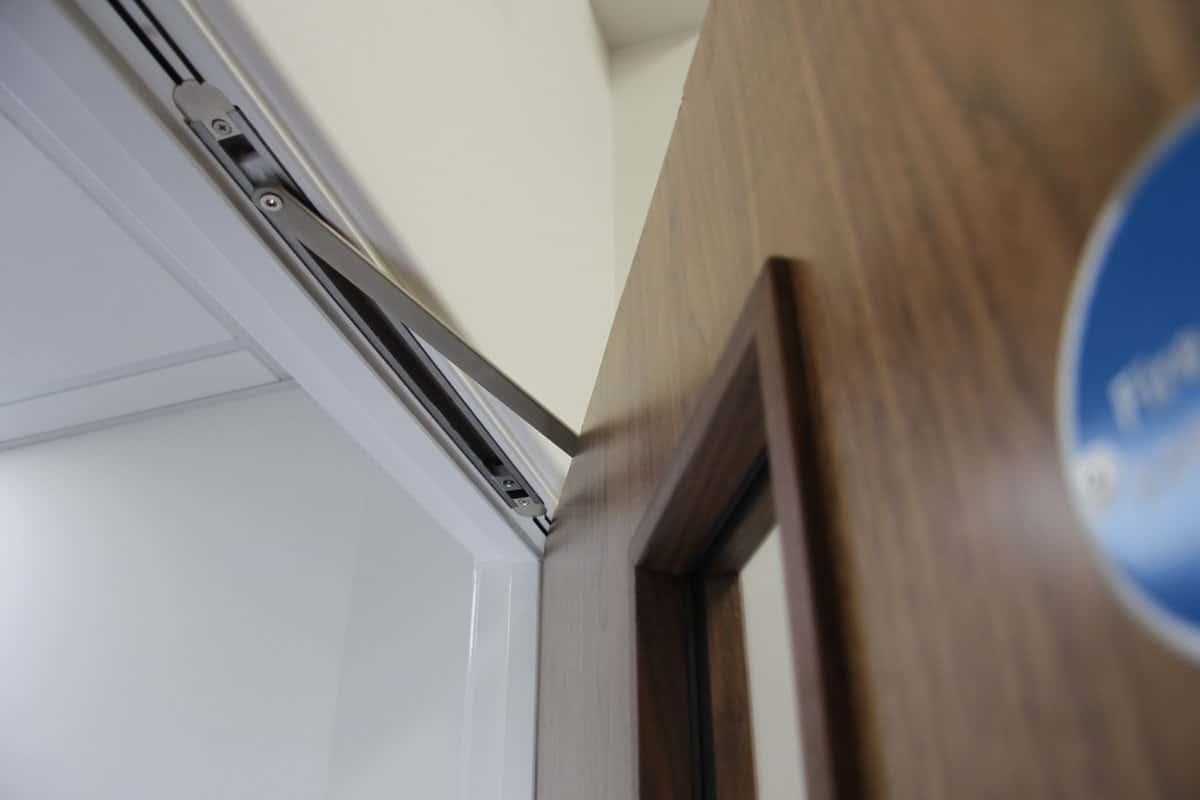
Glass Door Closer Types
Due to their smaller internal mechanism dimensions and compact form, the glass doors’ design and choosing the right closer types for them is crucial. The whole set, which is covered by an international patent, is suitable for both transoms and side-fixed glass panels. Entryways made of frameless glass welcome you into a place with fresh creativity and svelte refinement. Glass door hinges with oil-dynamic hydraulics stand for abundant output. It achieves steady and regulated door shutting via the use of its proprietary idea. Due to the performance criteria that go beyond those of conventional door closers, this family of products is distinguished by functionality, adaptability, safety, durability, and great quality/price ratio. The items' sleek and attractive look is enhanced by the decreased size of the mechanics, which also makes installation simple. The hydraulic concept's extraordinary properties enable maximum efficiency, outstanding technical quality, and swing range safety.  According to contemporary architectural trends, which call for a cleaner glass appearance via frameless glass door designs, great attention is also paid to aesthetics. In the world of glass hardware, hydraulic glass door hinges are a significant invention since they are protected by international patents and rigorously tested to assure performance and longevity. An automated sliding door closure is called the Slideback. It glides smoothly and easily thanks to pneumatic technology. It may be used for a range of sliding doors, including patio doors and interior doors. To prevent slamming shut, the Slideback incorporates a gentle close function. Additionally, it is simple to deactivate without any tools. No maintenance is necessary, and installation is fast and simple. It has a one-year guarantee and has been shown to operate for more than 100,000 usages.
According to contemporary architectural trends, which call for a cleaner glass appearance via frameless glass door designs, great attention is also paid to aesthetics. In the world of glass hardware, hydraulic glass door hinges are a significant invention since they are protected by international patents and rigorously tested to assure performance and longevity. An automated sliding door closure is called the Slideback. It glides smoothly and easily thanks to pneumatic technology. It may be used for a range of sliding doors, including patio doors and interior doors. To prevent slamming shut, the Slideback incorporates a gentle close function. Additionally, it is simple to deactivate without any tools. No maintenance is necessary, and installation is fast and simple. It has a one-year guarantee and has been shown to operate for more than 100,000 usages.

0
0